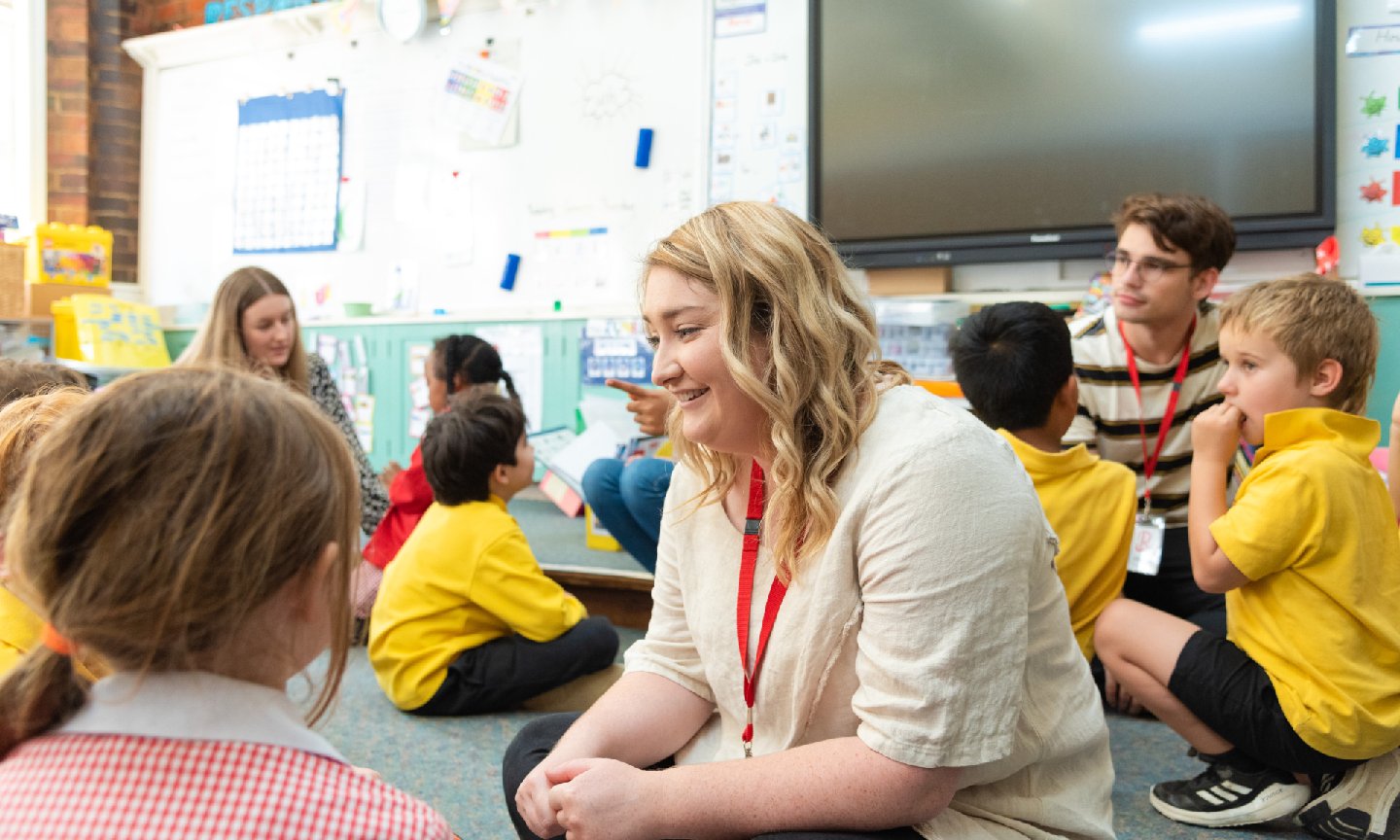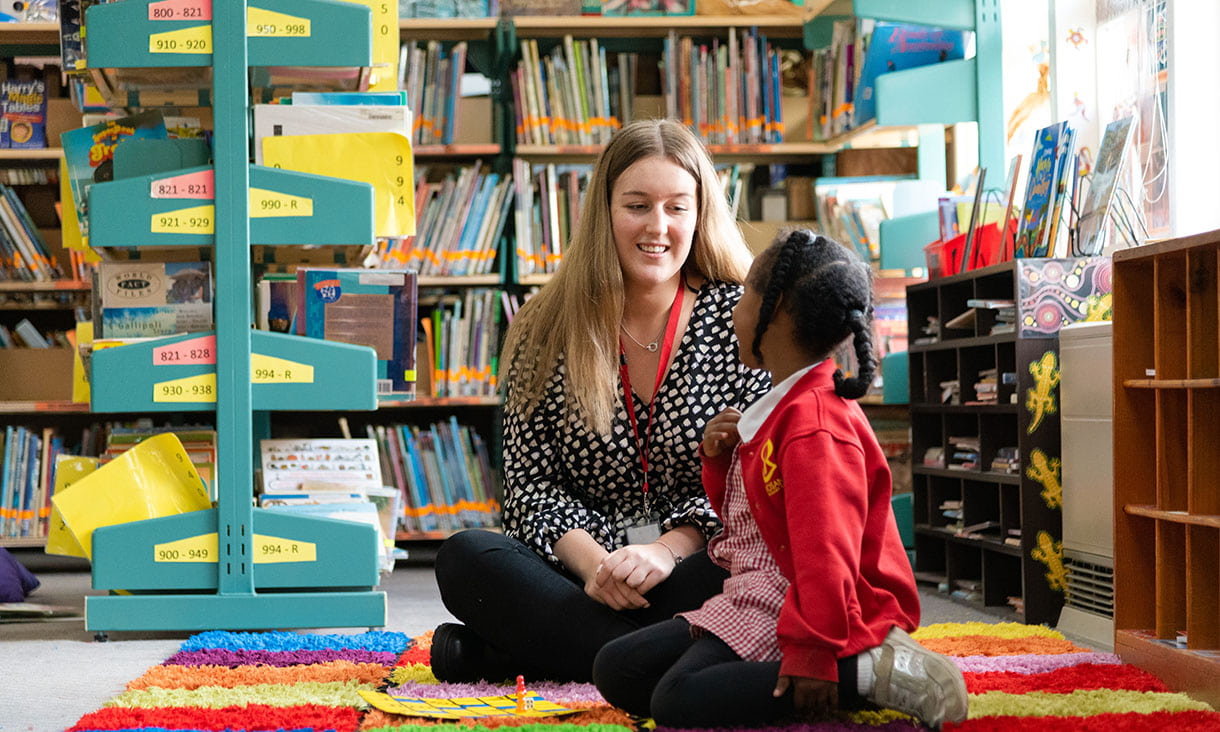The growing shortage of secondary teachers in recent years has led the Victorian Government to roll out support for the training of future educators.
After promising cuts to the study costs of education courses, the Government said it would also contribute to a $229.8 million drive to grow the school workforce over the next few years2.
In addition to creating opportunities for future education students, the teacher shortage represents an exciting market for graduates. Across Australia, roles for teachers are predicted to increase by 9.4% by 2025, and with over 14,000 teaching roles available across Australia in 2024, this field holds significant potential for those looking to build a career in teaching3.
Now is the perfect time to take advantage of the growing demand for teachers across Australia with RMIT’s education courses.
If you’re looking to gain the foundational knowledge to start working as a teacher, the Bachelor of Education might be right for you. If you have a background in a certain field already and are looking to gain the expertise to teach it, you should check out the Master of Education.
The newly introduced Bachelor of Education (Primary and Secondary) specialisation gives you a broad knowledge of learning, teaching, curriculum and assessment as a primary generalist, while also providing specialised focus on subject-specific secondary teaching.
If you’re unsure where your passion lies between Primary and Secondary teaching, this course pairs both! You'll develop a teaching skillset that prepares you for classes from primary all the way to VCE. You’ll also get in-depth knowledge and expertise in your chosen area, whether it be biology, English, mathematics, physical education, or psychology.



